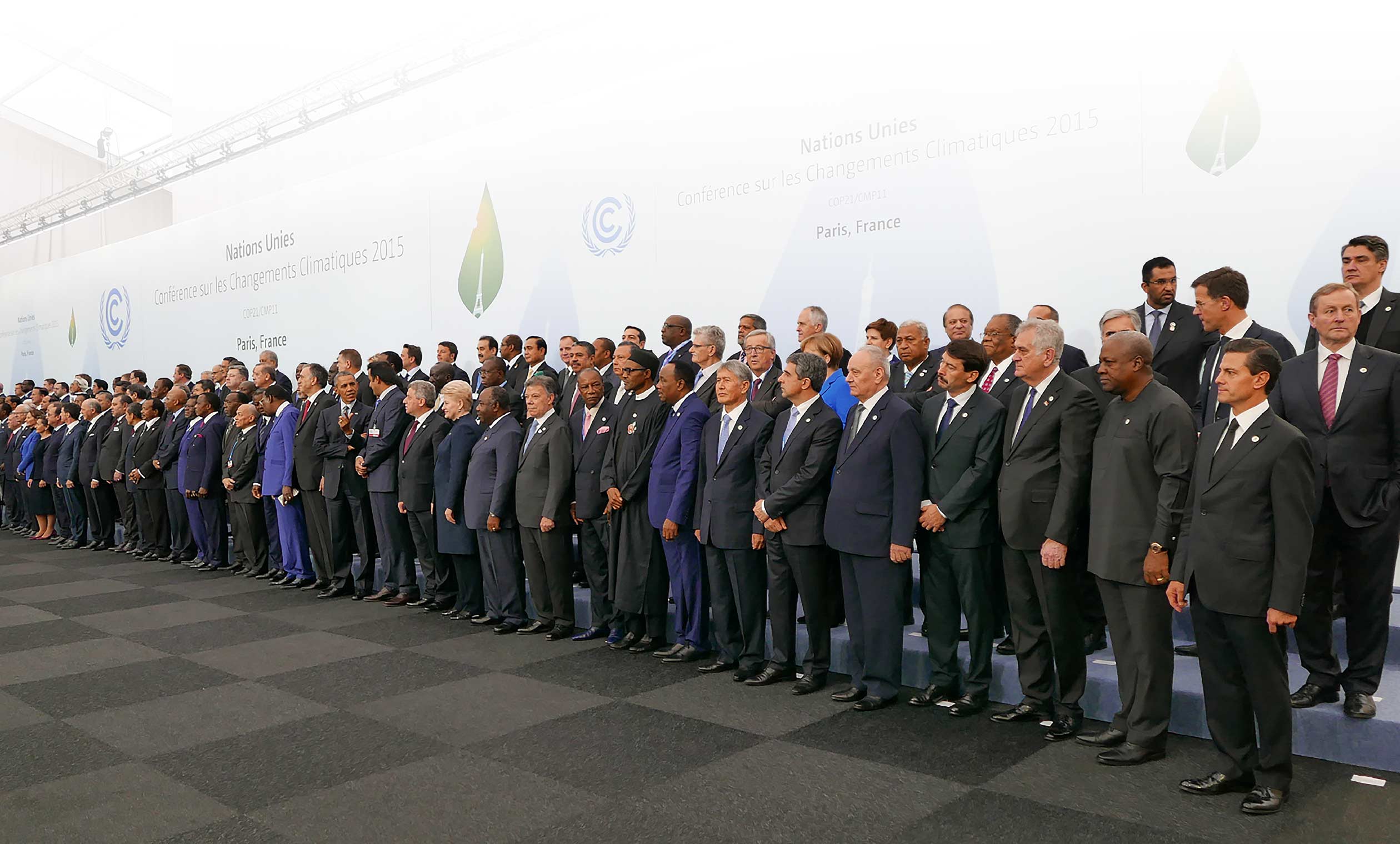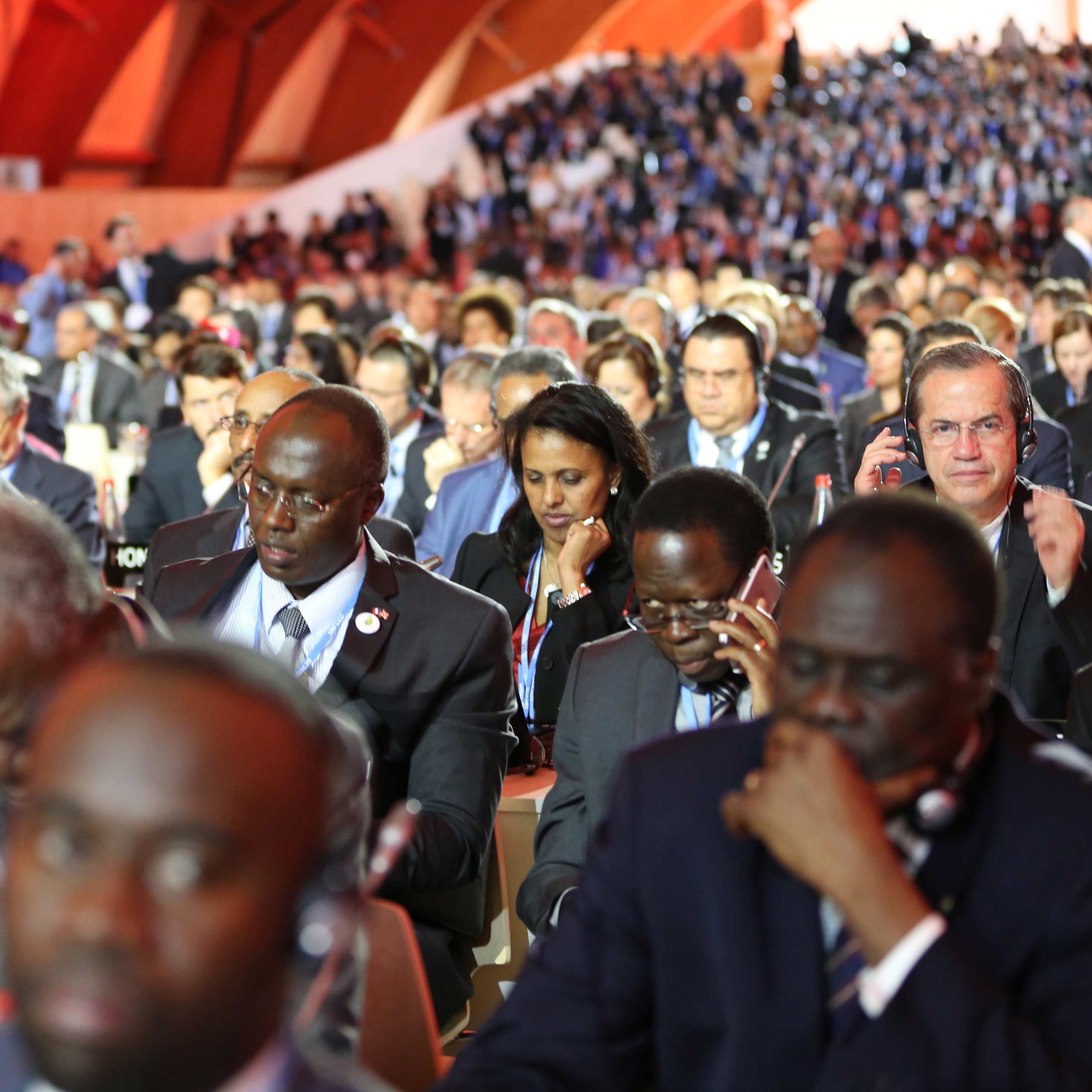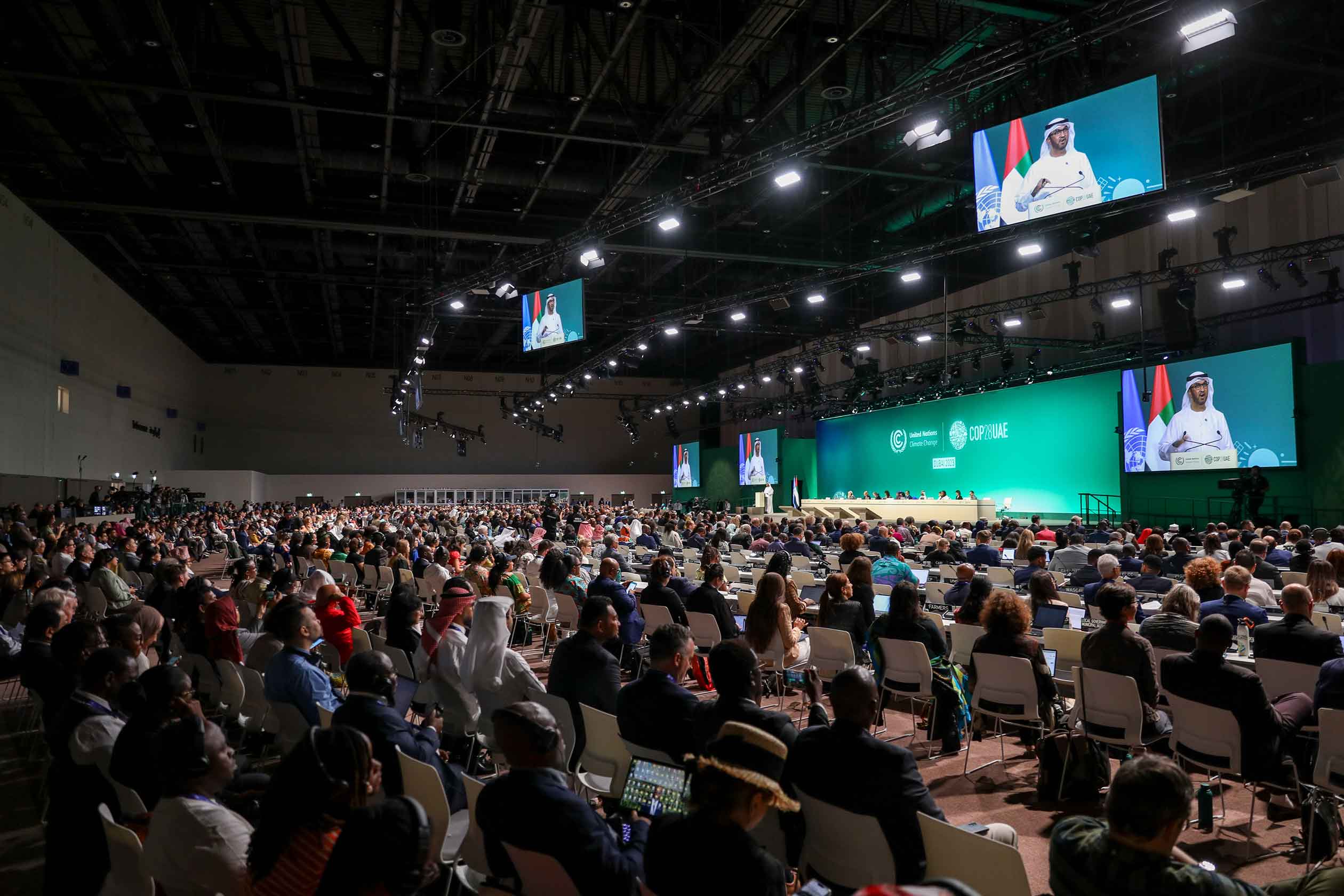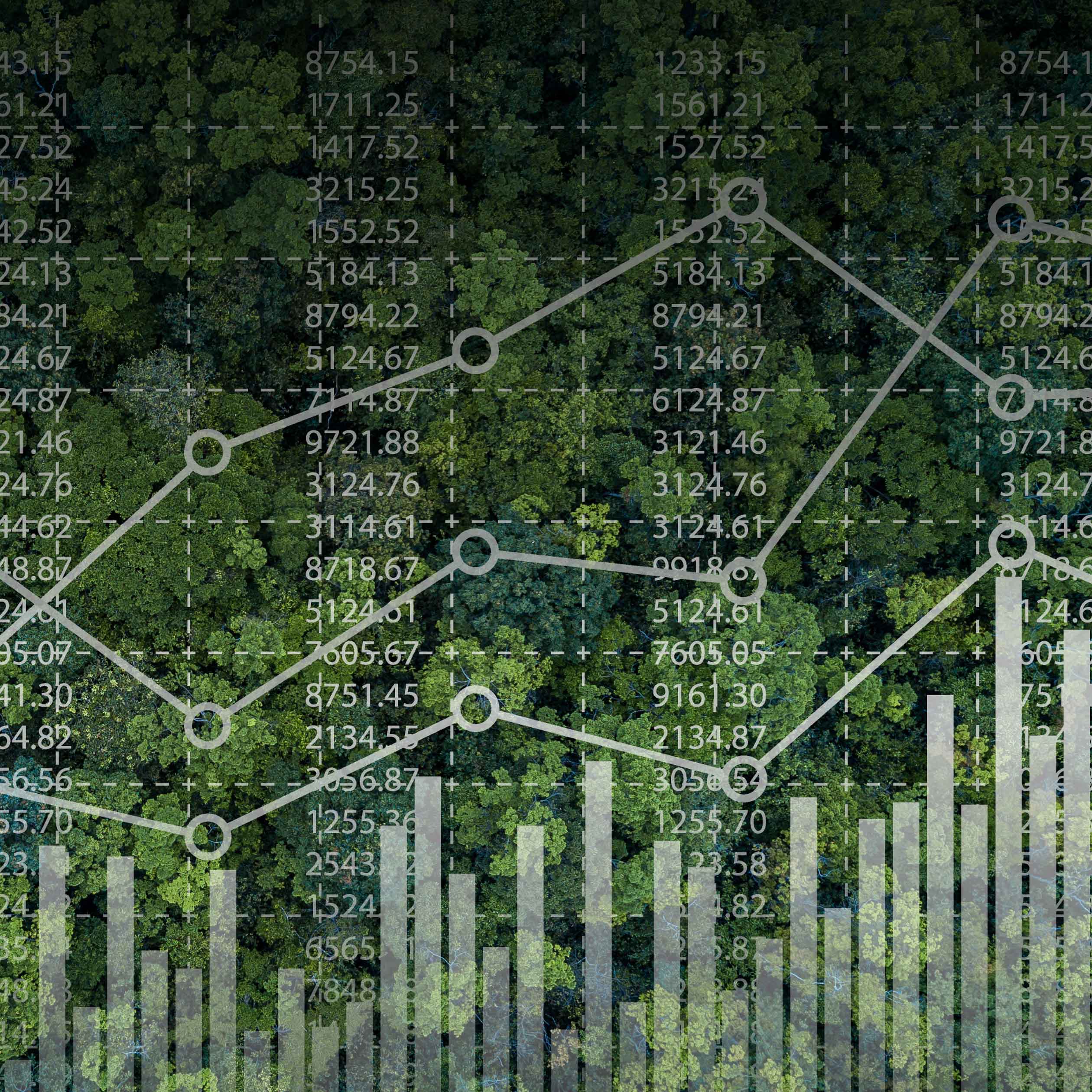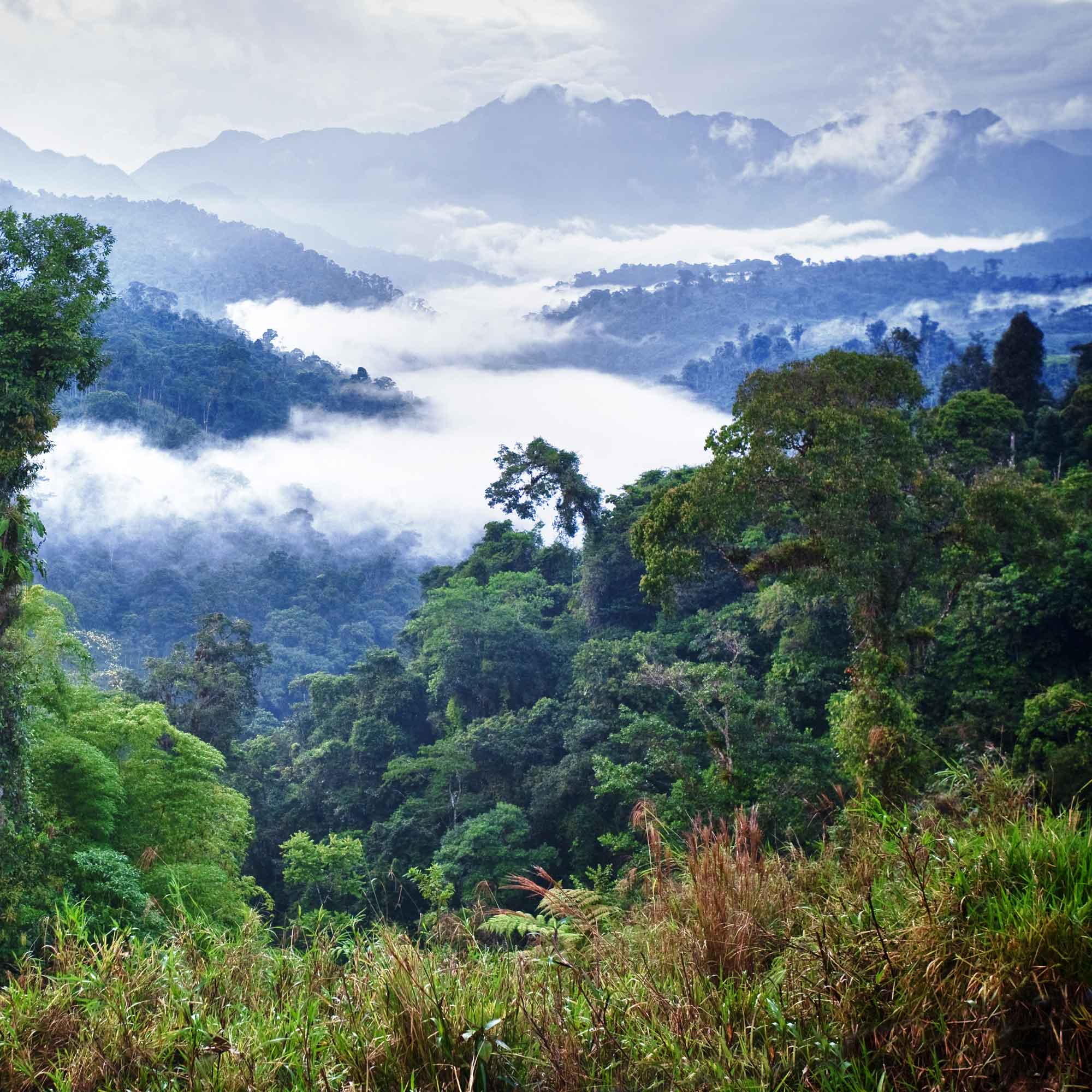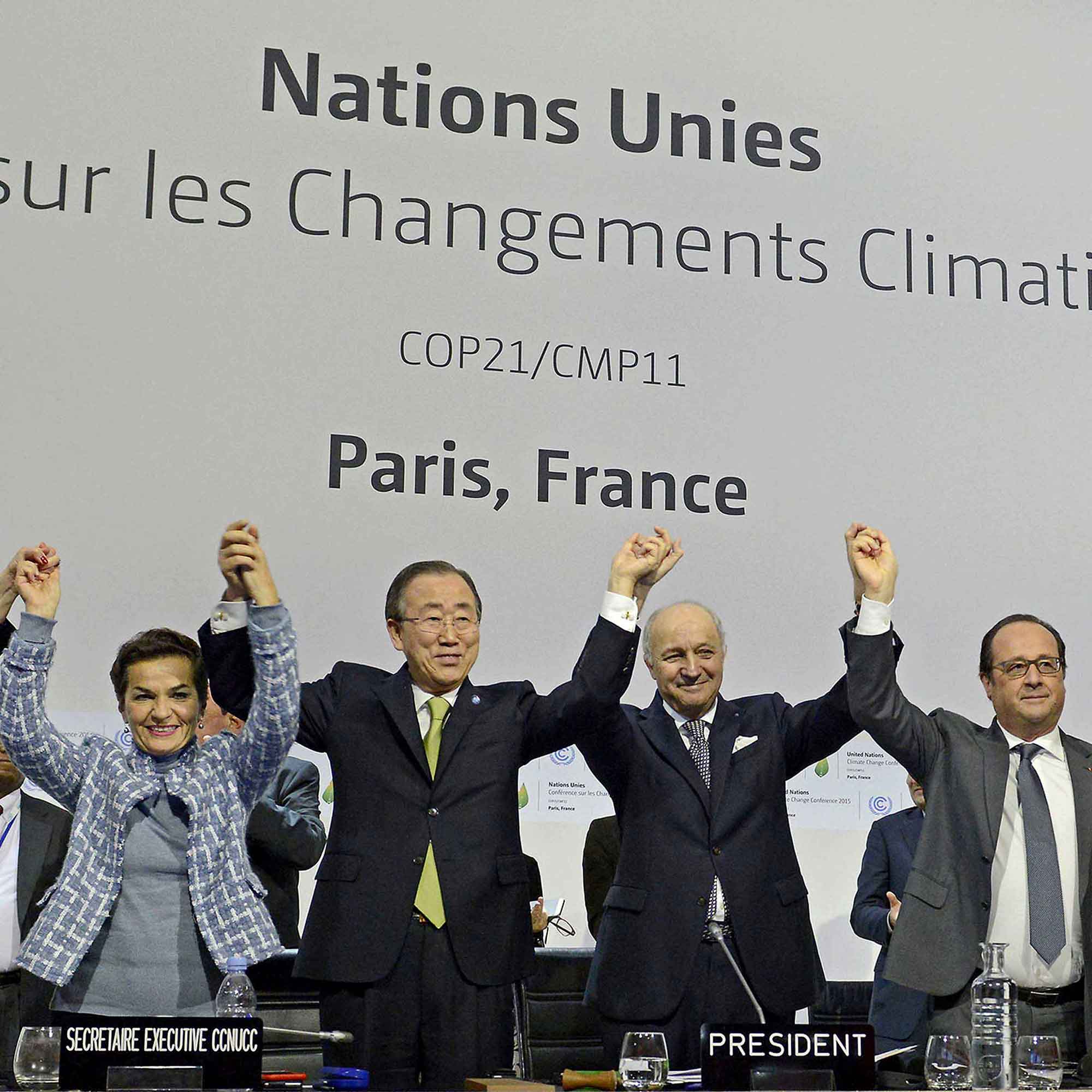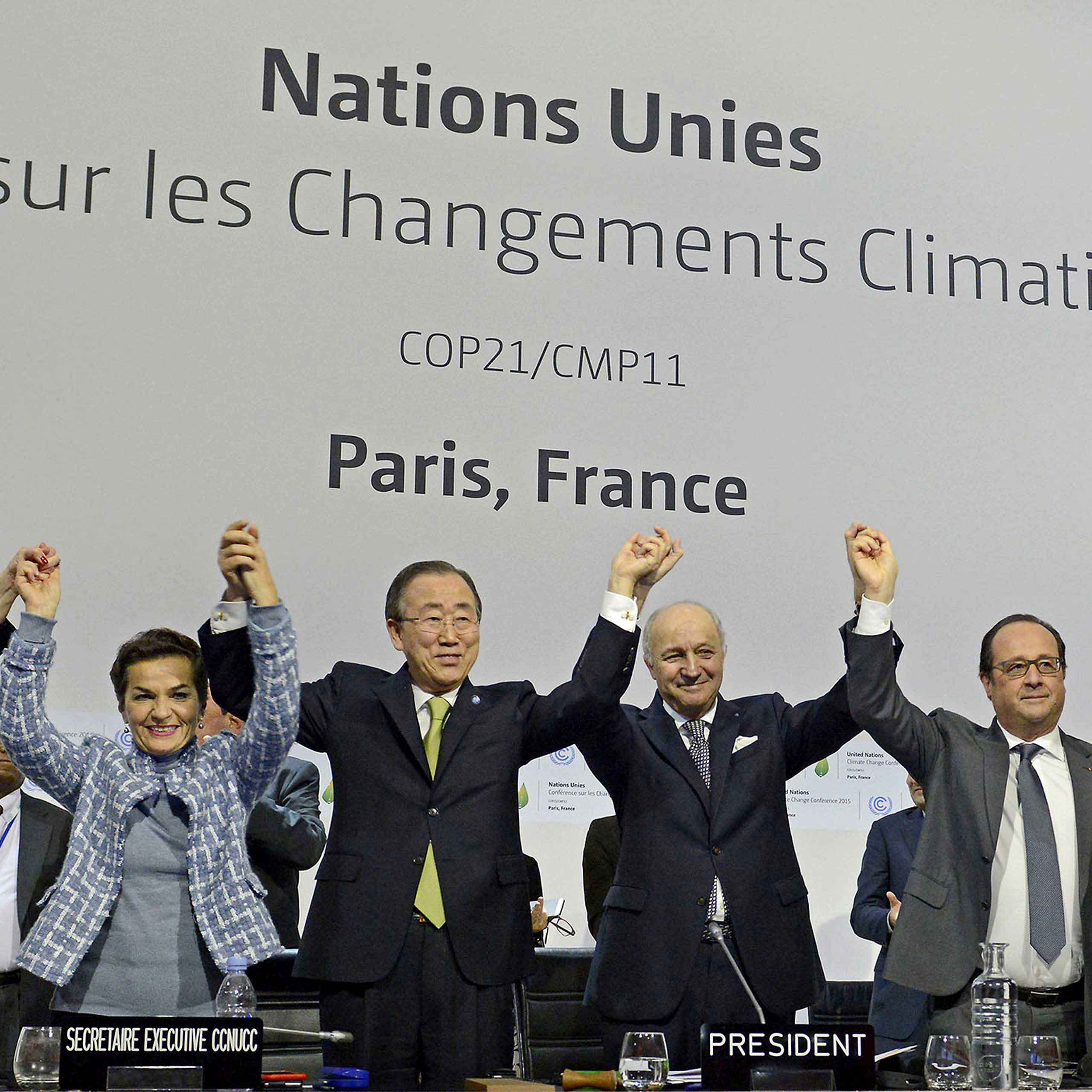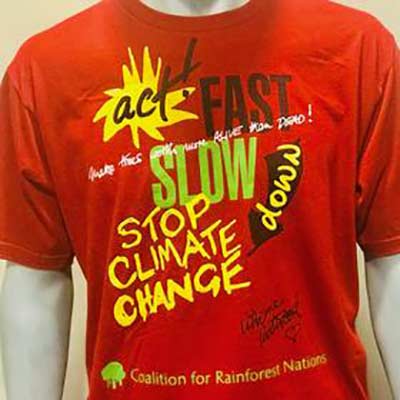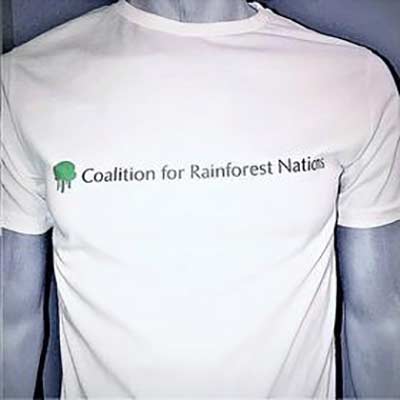Help Save Rainforests & Endangered Species
How UNFCCC REDD+ was
created
How UNFCCC REDD+ was created
Adoption of the Paris Agreement, COP21, Paris, 2015
In 2015, REDD+ was enshrined in Article 5.2 of the Paris Agreement
Designed by Countries for Countries
The UNFCCC’s Conference of the Parties (COP) agreed on specific rules and procedures for REDD+. COP[1]decisions for REDD+ are designed and approved following normal UNFCCC procedures, including recommendations from the Subsidiary Bodies[2] of the UNFCCC and achieving decisions by consensus.
[1] Conference of the Paris to the UNFCCC. The COP for the Paris Agreement is referred to as CMA, Conference of the Parties serving as the meeting of the Parties to the Paris Agreement).
[2] Subsidiary Body for Scientific and Technological Advise (SBSTA) and the Subsidiary Body for Implementation (SBI).
Rainforest Finance Day at the Bonn Climate Change Conference, July 2022
UNFCCC’s REDD+ Web Platform
COP Decisions
The body of decisions has been growing since COP13 in Bali, in 2007:
1/CP.13 Bali Action Plan
2/CP.13 Reducing emissions from deforestation in developing countries: approaches to stimulate action
2/CP.15 Copenhagen Accord
4/CP.15 Methodological guidance for activities relating to reducing emissions from deforestation and forest degradation and the role of conservation, sustainable management of forests and enhancement of forest carbon stocks in developing countries
1/CP.16 The Cancun Agreements: Outcome of the work of the Ad Hoc Working Group on Long-term Cooperative Action under the Convention
2/CP.17 Outcome of the work of the Ad Hoc Working Group on Long-term Cooperative Action under the Convention
12/CP.17 Guidance on systems for providing information on how safeguards are addressed and respected and modalities relating to forest reference emission levels and forest reference levels as referred to in decision 1/CP.16
1/CP.18 Agreed outcome pursuant to the Bali Action Plan
9/CP.19 Work program on results-based finance to progress the full implementation of the activities referred to in decision 1/CP.16, paragraph 70
10/CP.19 Coordination of support for the implementation of activities in relation to mitigation actions in the forest sector by developing countries, including institutional arrangements
11/CP.19 Modalities for national forest monitoring systems
12/CP.19 The timing and the frequency of presentations of the summary of information on how all the safeguards referred to in decision 1/CP.16, appendix I, are being addressed and respected
13/CP.19 Guidelines and procedures for the technical assessment of submissions from Parties on proposed forest reference emission levels and/or forest reference levels
14/CP.19 Modalities for measuring, reporting and verifying
15/CP.19 Addressing the drivers of deforestation and forest degradation
16/CP.21 Alternative policy approaches, such as joint mitigation and adaptation approaches for the integral and sustainable management of forests
17/CP.21 Further guidance on ensuring transparency, consistency, comprehensiveness, and effectiveness when informing on how all the safeguards referred to in decision 1/CP.16, appendix I, are being addressed and respected
18/CP.21 Methodological issues related to the non-carbon benefits resulting from the implementation of the activities referred to in decision 1/CP.16, paragraph 70
For the full text on REDD+ decisions, please go to REDD+ decision booklet
CfRN Presents on Measuring & Mapping Rainforest Cover & Emissions at COP 26
Role of the UNFCCC Secretariat
The UNFCCC Secretariat administers the REDD+ mechanism under the UNFCCC, including facilitating verifications and maintaining the UNFCCC REDD+ Web Platform, where the Lima Information Hub is hosted.
The Lima Information Hub contains information on REDD+ emission reductions and removals by country, the assessed reference levels, quantities for which payments were received, and links to all relevant documentation.
Participants attend a plenary meeting during the World Climate Change Conference 2015 (COP21) in Le Bourget, near Paris, France

